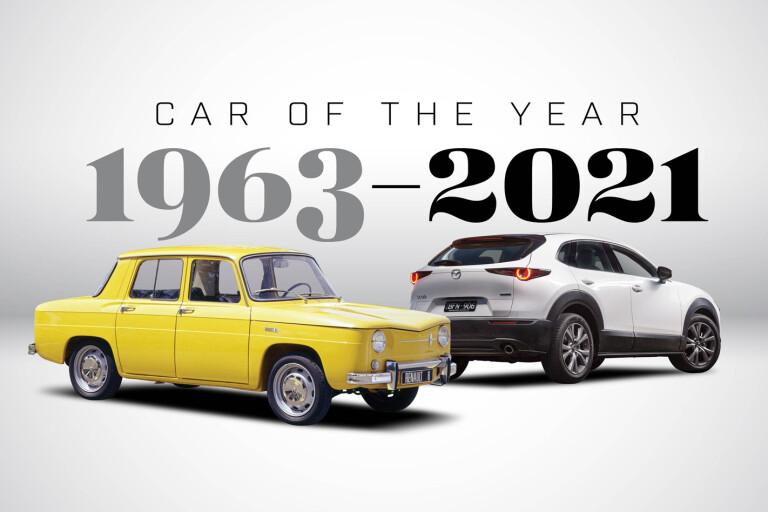
The annual Wheels Car of the Year is one of the world’s longest-running automotive awards, with a history that stretches back to the early 1960s.
In that more than a half-century of testing, a broad spectrum of cars have earned the title, ranging from obvious choices to properly left-of-field. Holden Camira, anyone?
The common thread among all of them, however, is that they were good enough to be judged the best of their time by a panel of Australia’s most seasoned motoring journalists. Here’s the list:
1963: Renault 8
Who knew a modestly sized French sedan with the engine in the boot would take top honours in the inaugural running of Wheels Car Of The Year? Those who’d experienced its versatility, comfort and French panache, that’s who.
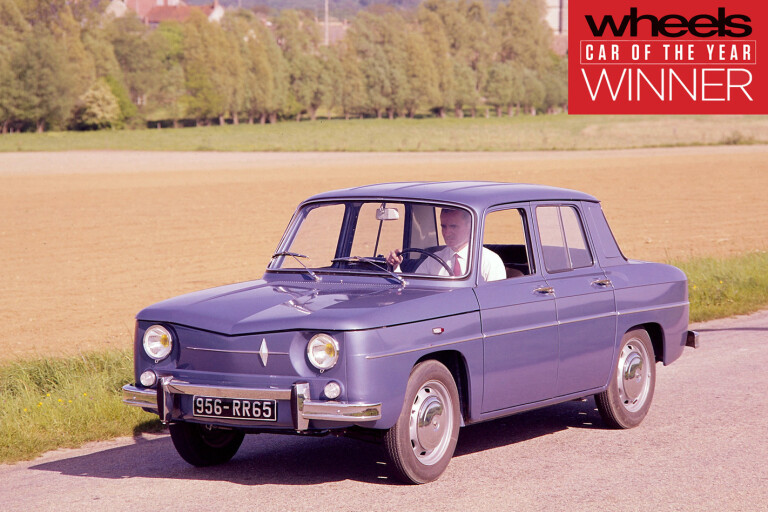
1964: Morris 1100
As Alec Issigonis’ follow-up project to his iconic Mini, the Morris 1100’s more generous proportions and supple-yet-controlled Hydrolastic suspension gave a British marque its first COTY crown.

1965: Ford XP Falcon
Considerable body strengthening and vastly improved dynamics allowed Ford’s final iteration of the first-gen Falcon to score its first COTY win.

1966: Ford XR Falcon
Ford made it two-in-a-row with the second-generation Falcon, which still featured US-styled sheetmetal on the sedan but locally penned wagon styling, and introduced V8 options across every model grade.
Though not available in ’66, the XR also spawned the legendary Falcon GT nameplate the following year.

1967: Chrysler VE Valiant
American marques continued to win favour with COTY judges in the late 1960s, but this time it was Chrysler’s locally styled Valiant that shone brightest.
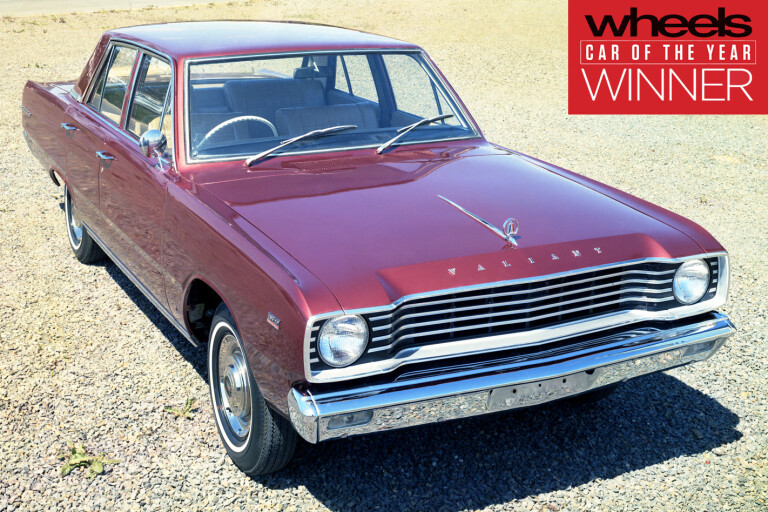
1968: Holden HK Monaro
Holden’s pillarless hardtop was a home-grown revelation, and one that’s proved to have enduring appeal among Aussie car fanatics.
The GTS 327’s win at Bathurst in the same year certainly helped prove its muscle-car credentials.
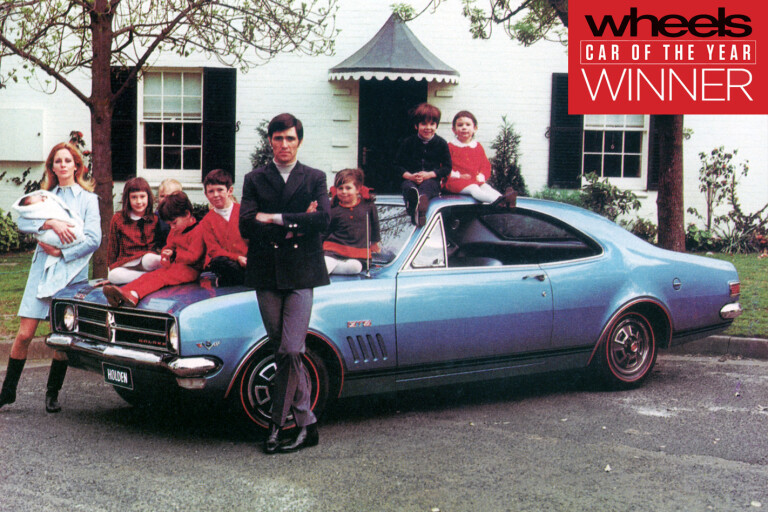
1969: Holden LC Torana
Holden took another COTY trophy home in 1969 with the second generation of its Torana small sedan.
The addition of a six-cylinder long-wheelbase option gave the Torana added sporting zeal, while the four-pot options were competitive for efficiency and driving ease.

1970: Renault 12
Assembled locally in West Heidelberg, Victoria, Renault’s family-sized sedan and wagon reigned supreme for seat and ride comfort, as well as visibility and ruggedness. It lived for a decade.
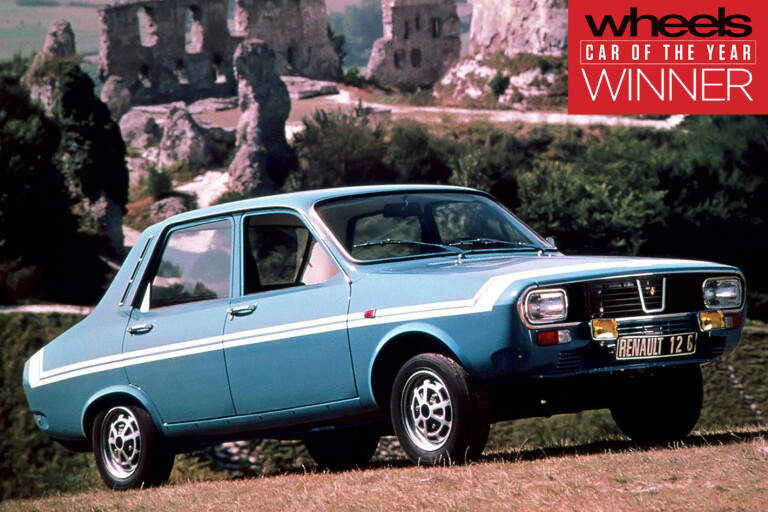
1971: Chrysler Valiant Charger
Hey Charger! Chrysler’s attractive two-door had more to offer than just a memorable ad campaign, with all-Aussie design and huge youth appeal. Also spawned the iconic E38 and E49 six-pack triple-Weber screamers.
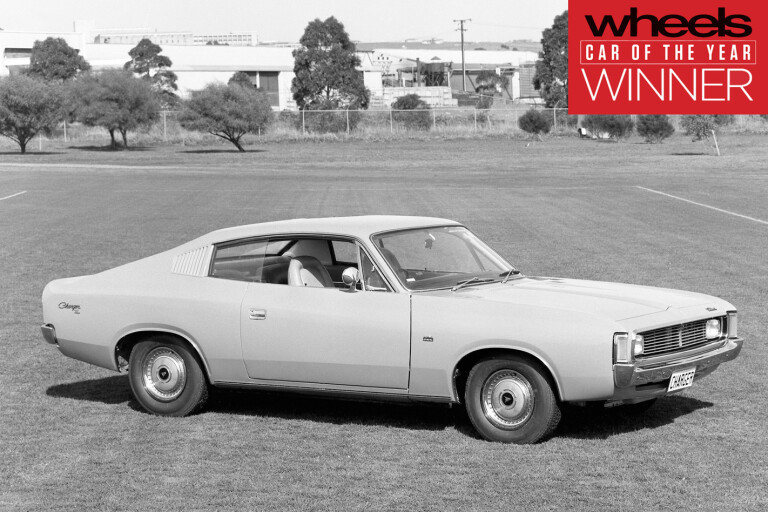
1972: Award withheld
Yep, no award was given in 1972, a shock decision given the fresh metal that included the Ford XA Falcon and Cortina, Morris Marina, and the Datsun 180B.
“The guidelines laid down for the award require that the car must present a significant product advance,” Wheels said at the time. “None of the cars released really achieved this criterion.”
READ: Why Wheels withheld Car of the Year in 1972
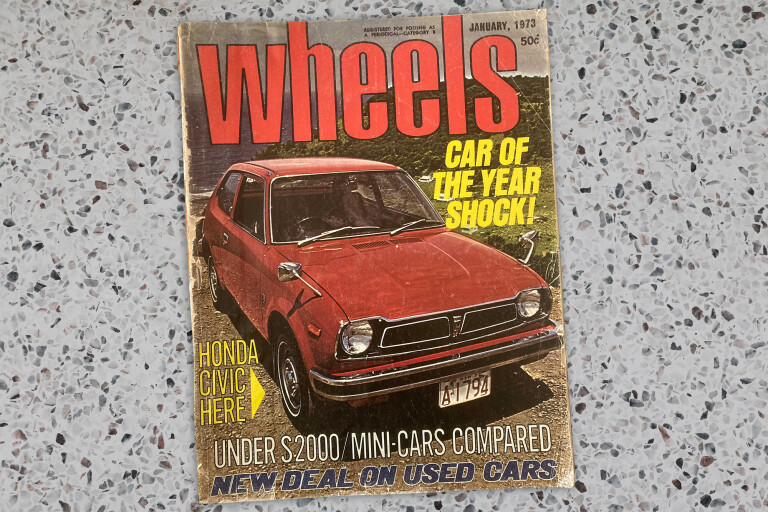
1973: Leyland P76 V8
While most may remember the P76 as being the car could fit a 44-gallon drum in its boot, we remember it as the best car that 1973 had to offer.
One caveat: we gave the award solely to the roomy, agile, relatively efficient all-alloy V8 version, not the underwhelming 2.6-litre six, only to have Leyland then advertise the entire P76 range as ‘Car of the Year’.
This led to changes in COTY rules that meant future wins would have to take the entire model range into account – not just a specific variant.

1974: Volkswagen Passat
Attention shifted from big Aussie sedans and coupes to a sophisticated, modern and comparatively compact European in 1974 – the first generation Passat.
The first of a new breed of watercooled, front-engined, front-drive Volkswagens in Australia, the Passat was a radical departure for VWA and the blueprint for every modern Volkswagen, including the first Golf.
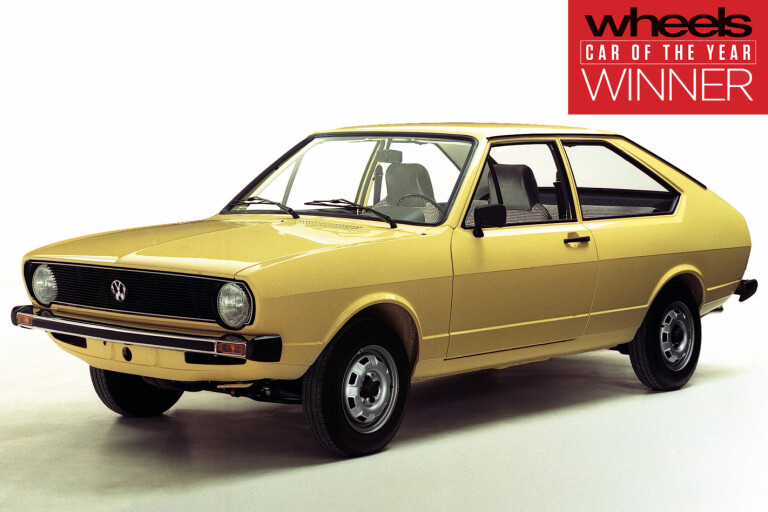
1975: Holden TX Gemini
Holden’s compact first-generation Gemini was marketed with Isuzu-Holden badges on the boot and Isuzu mechanicals underneath for some Japanese reliability cred, but was based on an Opel-engineered core.
Simple, capable and honest, it rose to the top in the middle of the disco decade.
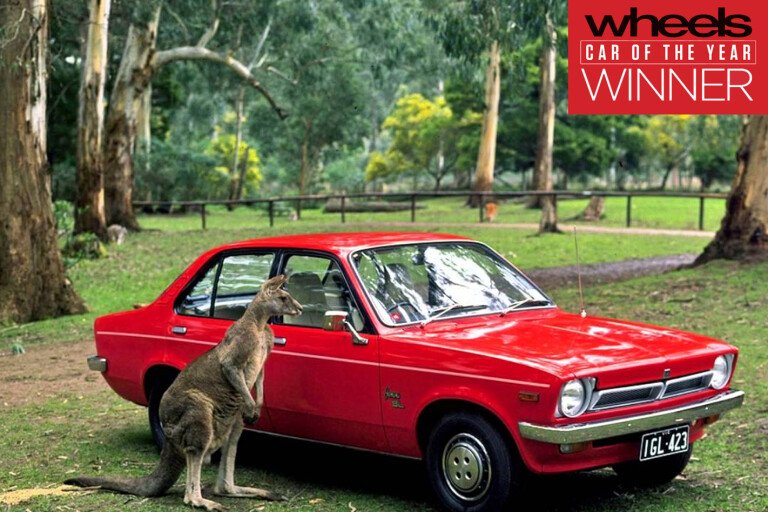
1976: Volkswagen Golf
The first-gen Golf brought Passat values of refinement and engineering to the everyman in ’76, as well as giving Volkswagen a compact car leagues ahead of the by-now archaic Volkswagen Beetle.
This was the first year that COTY was opened up to fully imported cars, however the win ironically went to the Aussie-assembled Golf.
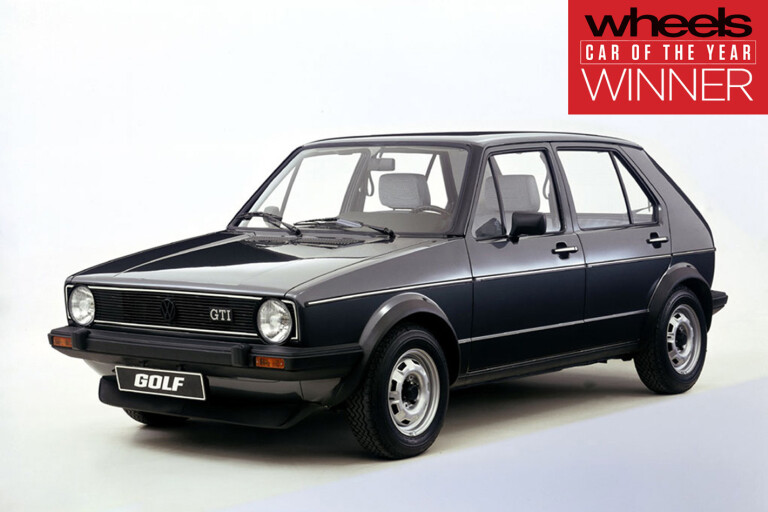
1977: Honda Accord
Minute compared with the modern-day Civic, the first-generation Accord nevertheless took Honda into a larger size class, and one more appropriate for Australian tastes.
With BMW-rivalling quality, superior front-drive dynamics, plus groundbreaking and ultra-efficient CVCC engine tech, the Accord was a winner – and the first Japanese car to win Wheels COTY.
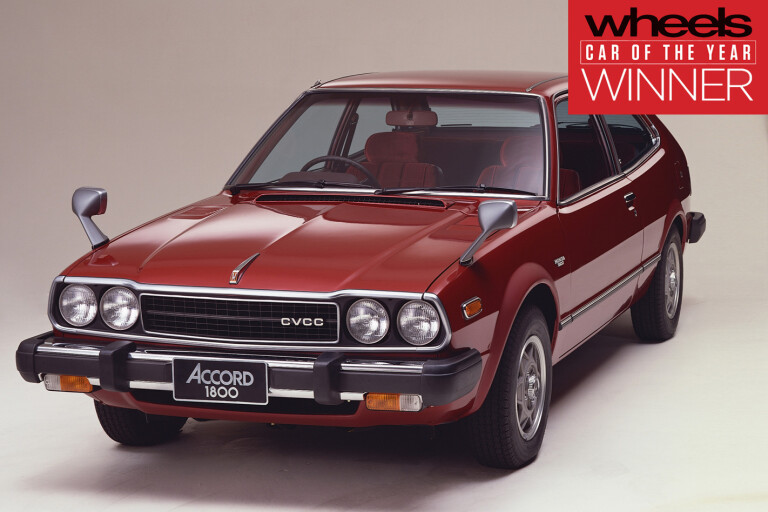
1978: Holden VB Commodore
Back in ’78 we didn’t know just how much the Commodore would become integral to Aussie culture, but we were definitely sure that Holden was onto a good thing with its first Opel-based large car.
The VB set new standards for dynamic excellence – even compared with Europe’s best family sedans – and transformed Holden’s image.

1979: Award withheld
Another controversial result. Ford had expected its XD Falcon would take home the trophy. It didn’t. Instead, the magazine carried the now famous image of a four-wheeled lemon and the simple headline: “No Wheels Car of the Year.”
READ: The true story behind Wheels’ most controversial magazine cover
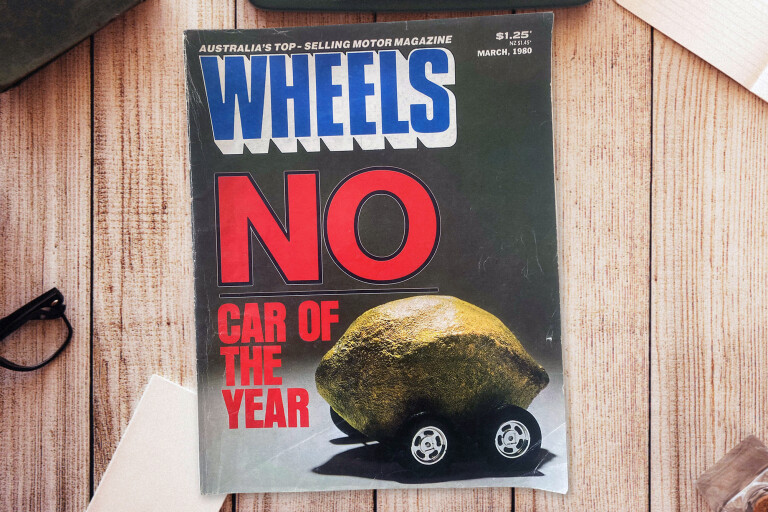
1980: Mazda 323
The second-generation Mazda 323 made the shift from rear- to front-wheel drive, and stood out for its strong drivetrains, crisp handling and classy design.
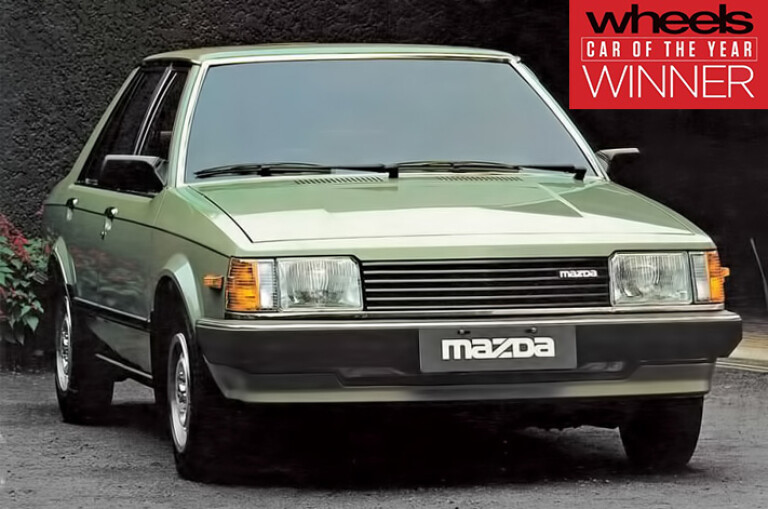
1981: Mercedes-Benz S-Class
A plutocrat-grade luxury sedan was a COTY winner? Say what you will, but the W126 S-Class’ outstanding build quality, refinement and engineering made it the luxury sedan benchmark for the 1980s.

1982: Holden JB Camira
Awarded with reservations, the Camira nevertheless attracted praise for its ride, handling, packaging and then-uncommon front-engine, front-drive midsize layout.

1983: Ford Telstar/Mazda 626
Ford and Mazda’s midsize twins-under-the-skin shared the 1983 COTY award.
Segment-leading performance, economy and engineering saw it take down the Audi 100, Toyota Supra and BMW 3 Series, and even though the Ford was locally styled and built (with the exception of the made-in-Japan TX5) and the Mazda (available in coupe, sedan and hatchback form) fully imported, both were deemed equals.

1984: Mitsubishi Nimbus
People movers may seem old hat now, but back in the mid-’80s the concept of a family “multi-purpose vehicle” with car-like handling was fairly revolutionary.
The Nimbus’s focus on versatility and innovative packaging, coupled with decent dynamic performance, saw it come to the fore.

1985: Mitsubishi TM Magna
Mitsubishi made it two in a row in 1985, following the strong performance of the Nimbus with its Magna large car.
With more width spliced into the middle compared to the Sigma, the Magna was also more refined than the contemporary Falcon and Commodore offerings, and more akin to the upmarket Audi 100.
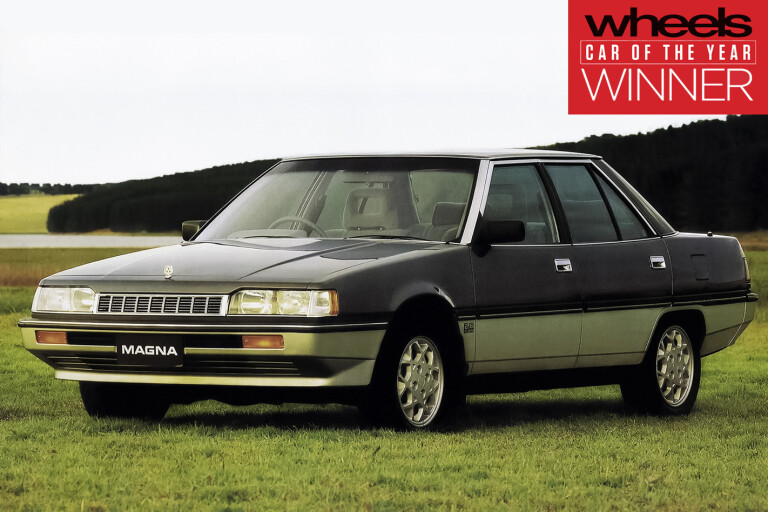
1986: Award withheld
Forced to make a choice between cars including the Nissan Skyline, Saab 9000, Mercedes-Benz 300E, the soon-to-be reborn Toyota Supra, the rotary-engined Mazda RX-7 and the Honda Legend, nothing was deemed to meet Wheels’ “true spirit”.

1987: Honda Prelude 4WS
Honda’s spirit of technological innovation won it another COTY trophy, with the Prelude coupe’s high-revving four-cylinder engine, mechanical four-wheel steering, and outstanding handling hoisting it head and shoulders above rivals including the Ford Laser 4WD Turbo, BMW 735i and Toyota MR2.
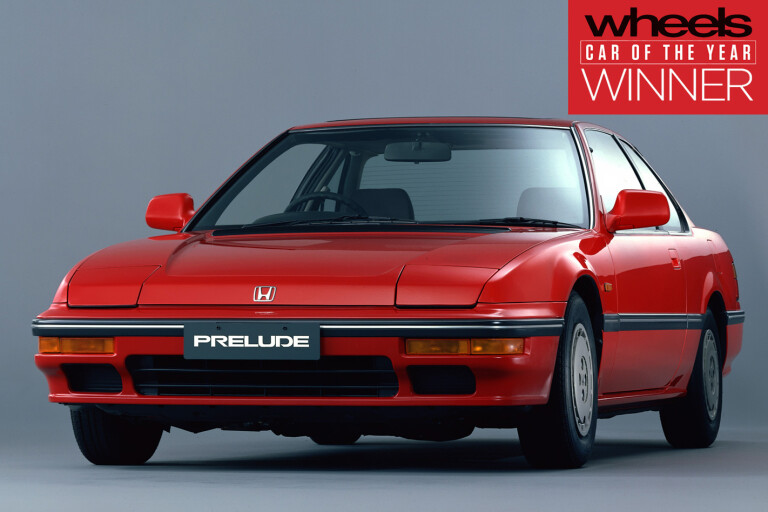
1988: Holden VN Commodore
Holden’s second-gen Commodore narrowly outplayed the BMW 5 Series and Honda Civic in ’88, thanks to its relative efficiency, strong performance and value for money.

1989: Mazda NA MX-5
It was obvious from the start that Mazda was onto a good thing with the MX-5.
Old-school but not old-fashioned, the Mazda roadster combined rear-drive fun and a traditional roadster format with sound Japanese engineering and lasting driver appeal

1990: Lexus LS 400
Japan's answer to the S-Class wowed COTY judges with its peerless build quality and refinement. It put the Germans on notice, and put Lexus on the map.
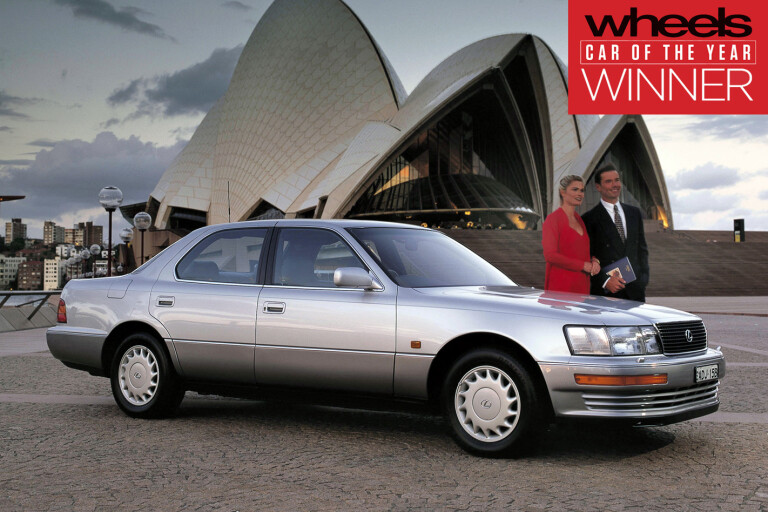
1991: Honda NSX/Nissan N14 Pulsar
Japan’s auto industry still had plenty of stunners lined up, and COTY 1991 rewarded that country – arguably at its peak – handsomely.
Why? The Honda for its combination of Ferrari-smashing pace and poise with exquisite Japanese mechanical engineering and the Pulsar for its locally tuned dynamic excellence and the strength of its value and performance – mostly due to Nissan’s legendary SR20 engine.

1992: Ford Telstar/Mazda 626
Less than a decade after they first earned a combined COTY crown, Mazda and Ford’s midsize duo managed to once again top the Wheels podium – this time in an all-new generation that introduced greater sophistication and technological innovation, such as four-wheel steering on range-toppers, a lovely 2.5-litre V6 option, excellent built quality and great dynamics.
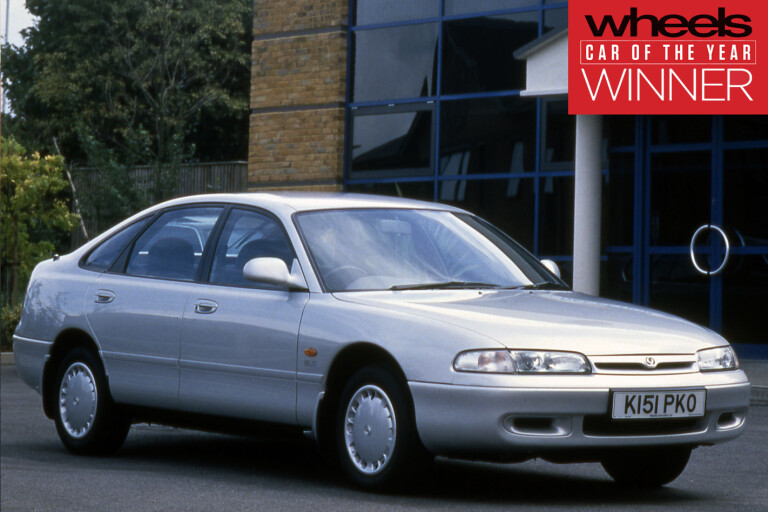
1993: Holden VR Commodore
Essentially an extensive re-engineering of the VN, the VR Commodore brought more modern furnishings, a driver’s airbag, a broader front track and independent rear suspension to Holden’s big-selling family sedan.

1994: Subaru Liberty
Subaru’s second-generation Liberty beat Nissan’s 200SX and the Mazda 323 Astina thanks to strong value for money, safety gear, refinement and quality.
Its likeable range of flat-fours also proved popular among COTY judges, while AWD gave it a unique point of difference against its peers.

1995: Honda Odyssey
Following in the Nimbus’ footsteps was Honda’s three-row people carrier, which once again proved that car-like handling need not be incompatible with an MPV body style. Honda’s reputation for quality engineering also shone through once more.
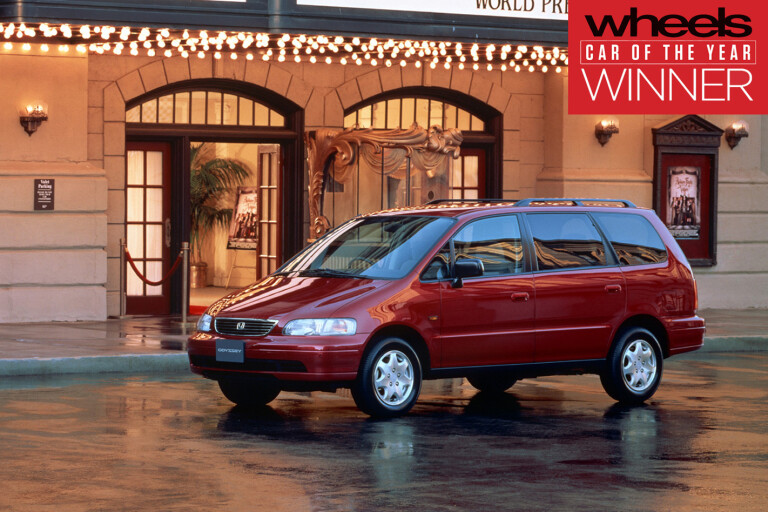
1996: Mitsubishi TE Magna
In a time when locally-built large cars were king, taking on the dominant Ford and Holden was a perilous undertaking.
Thankfully for Mitsubishi, its Aussie-made Magna had a range of sweet (and efficient) drivetrains, superior refinement and frameless-doored elegance on its side.
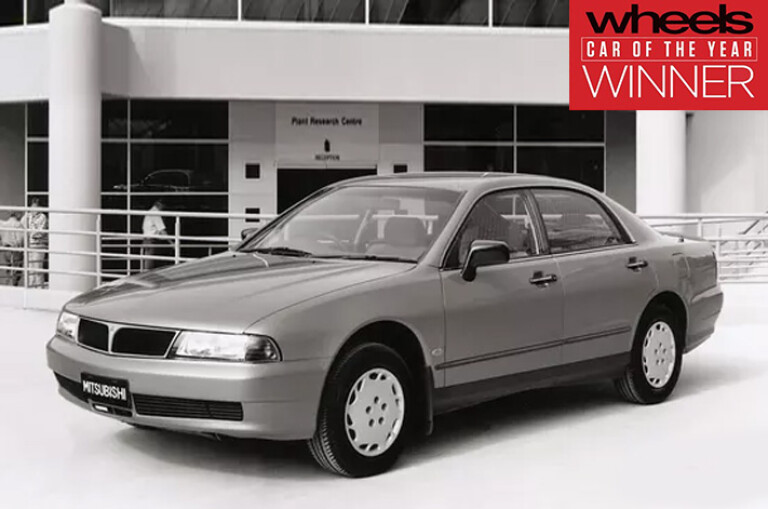
1997: Holden VT Commodore
The third-gen Commo advanced the nameplate further.
Core architecture was new (though still borrowed from Opel), and range-wide IRS, extra airbags, more equipment and improved value-for-money gave the VT an edge over the competition.
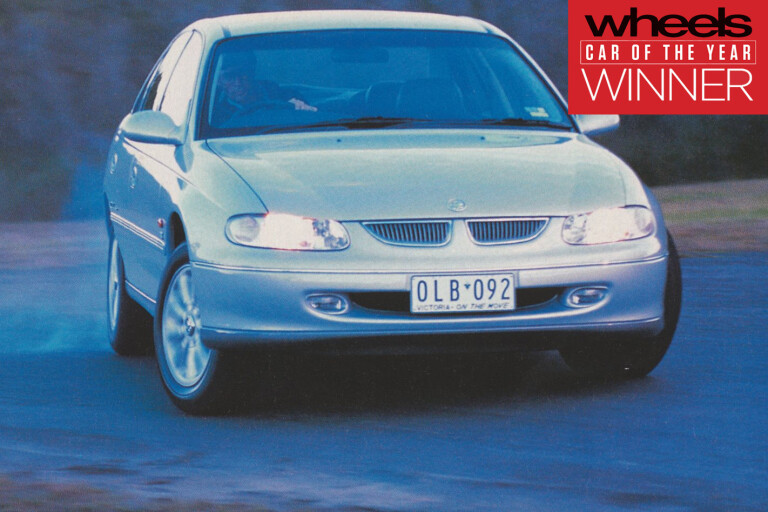
1998: Subaru Liberty Wagon
Another controversial win, given the Liberty wagon not only knocked out Porsche’s first all-new 911 in three and a half decades, but also the NB MX-5, Benz’s innovative A-Class and the AU Falcon.
However, as with the previous-gen Liberty, consistency and balance gave Subaru another COTY feather to tuck into is cap.

1999: Mercedes-Benz S-Class
Technological advancement was what gave the W220 S-Class, as expensive and outsized as it was, its second Wheels COTY trophy.
Its many computers communicated via fibre optics, it bristled with airbags and boasted double-glazed glass, yet weighed hundreds of kilos less than its predecessor. A flagship in every sense.
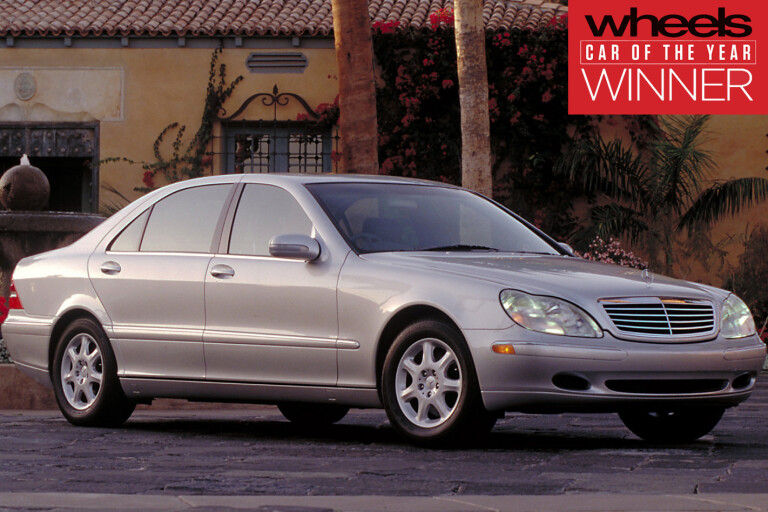
2000: Subaru Impreza
From the humble GX grade to the muscular WRX, the second-gen Impreza had a lot to offer Australian motorists.
All-weather grip, solid Japanese build quality and, at the top end, giant-shaming performance were all key Impreza attributes.
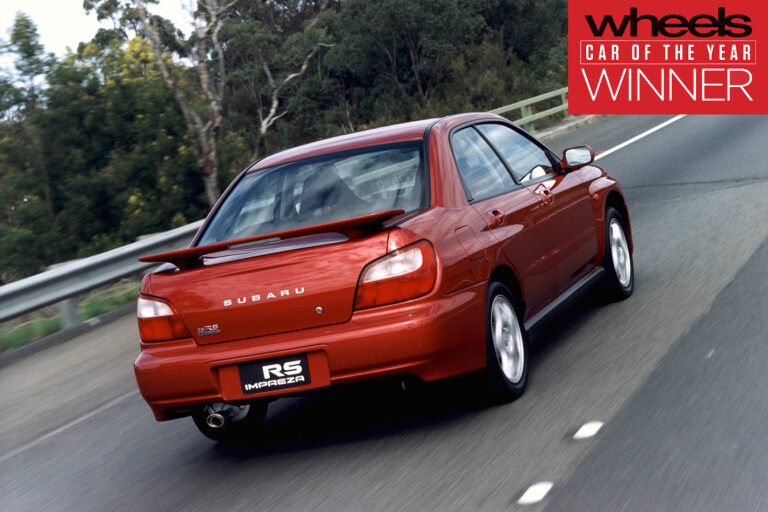
2001: Holden XC Barina
Yep, the Barina was once a COTY dux. Combining segment-leading dynamics, European design (it was, after all, an Opel Corsa at heart) and an affordable price point, the Barina took down more expensive scalps.
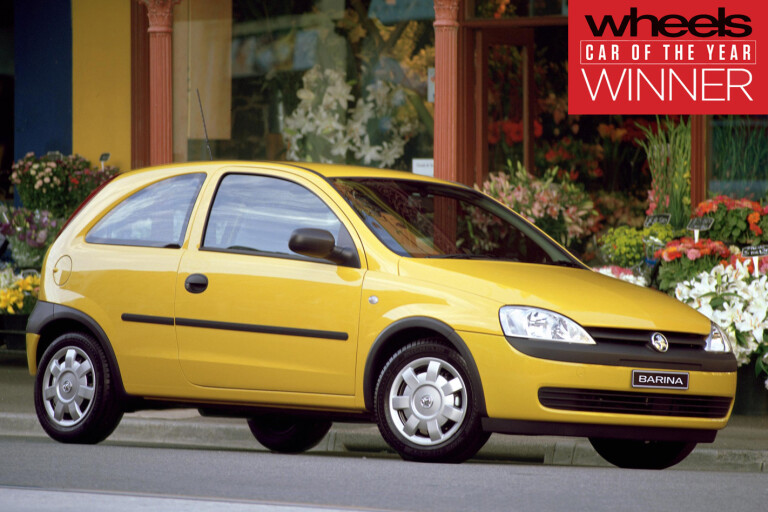
2002: Ford BA Falcon
You might know it as the car that birthed the mighty Barra turbo 4.0, but back then we simply knew it as Australia’s best car of ’02, and a substantial improvement over the AU.
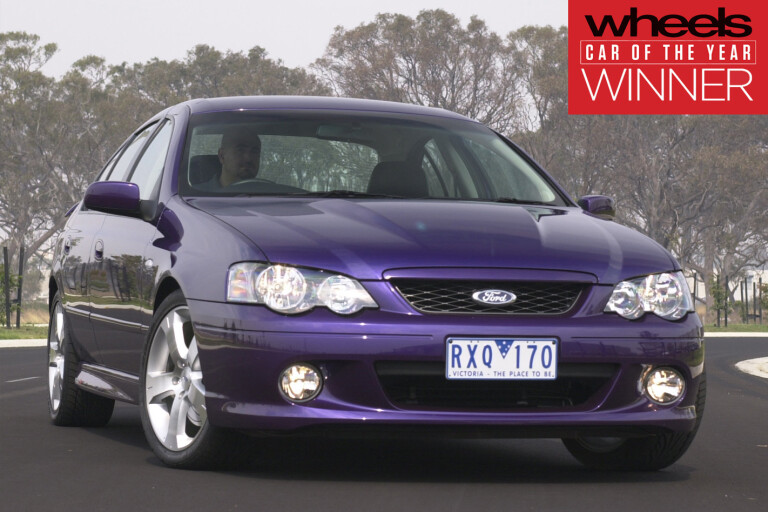
2003: Mazda RX-8
Mazda’s rotary redux subtracted a pair of turbos from the RX-7 and added two more seats and a set of suicide rear doors creating one of the most unique – yet still engaging – sports cars.
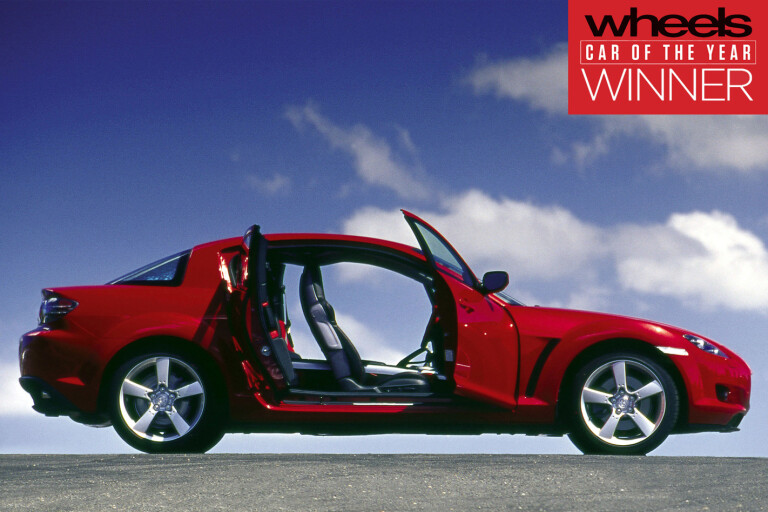
2004: Ford Territory
Shock! The first SUV to win COTY was a signal to consumers that high-riding family wagons didn’t have to handle like crap.
Buyers were spoiled for choice too, with RWD or AWD and five or seven seats all on the menu. Clever built-in storage options and excellent seat comfort also made it a perfect family whip for its time.
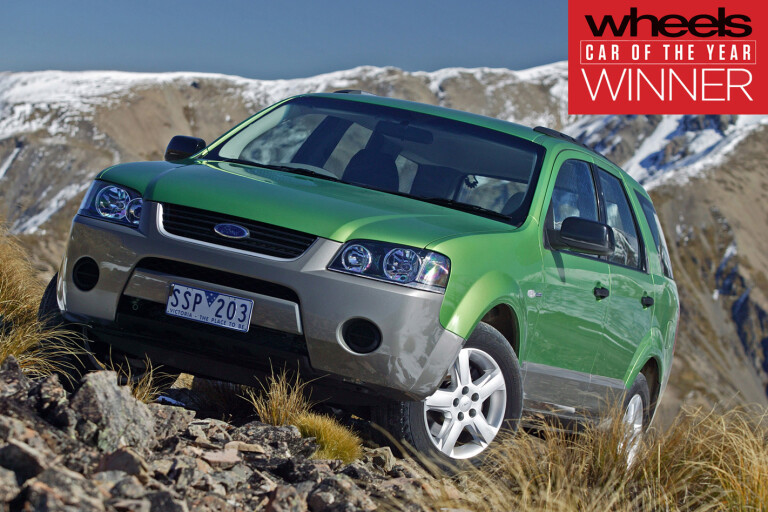
2005: Mazda NC MX-5
Despite some generational bloating, Mazda’s decision to stick to the NA MX-5’s values of sporting purity resulted in yet another win for the company’s drop-top.
NC was a far more complete car than the NB that came before it – curiously the only MX-5 not to win a Wheels COTY gong.
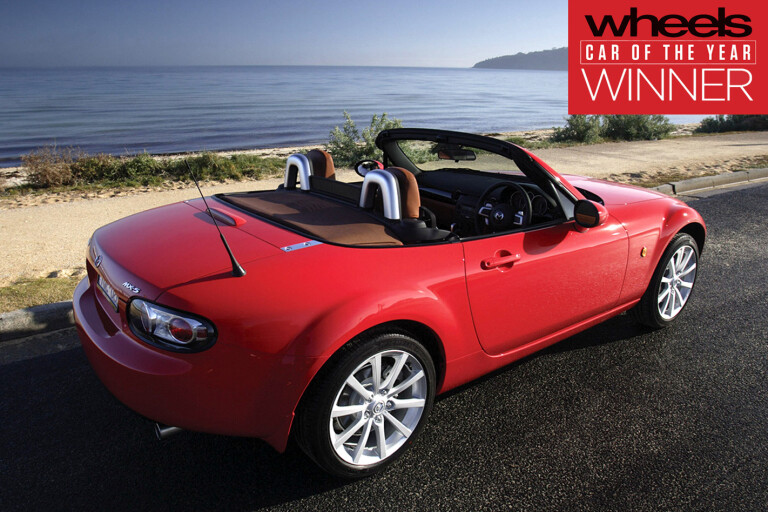
2006: Holden VE Commodore
Holden’s billion-dollar baby was the first truly ridgy-didge Australian Commodore since Holden took up the nameplate. It also happened to be a truly world-class large car.

2007: Mercedes-Benz C-Class
Efficiency, safety credentials and outstanding handling saw the C-Class become the first non-S-Class Benz to ace Wheels Car Of The Year.
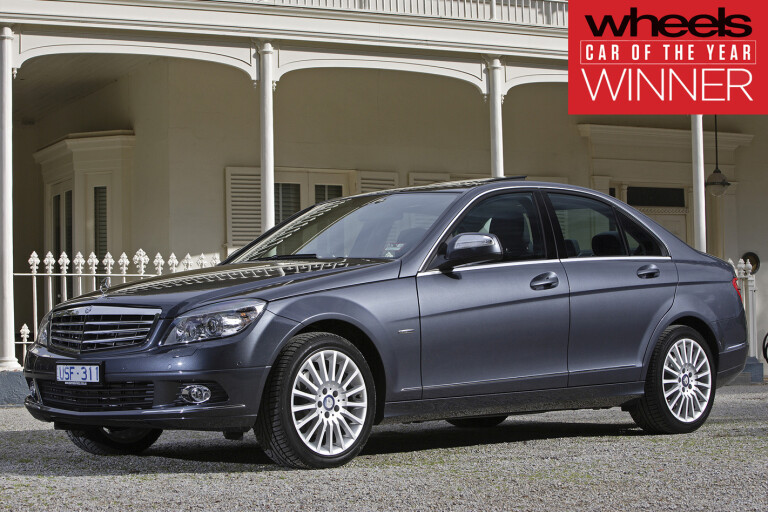
2008: Honda Accord Euro
Front-drive midsize sedans aren’t exactly synonymous with “driving passion”, but the Accord Euro was the car that proved mainstream three-box front-drivers could sport plenty of charm and soul.
Especially good fun when you opted for the snickety six-speed manual trans.
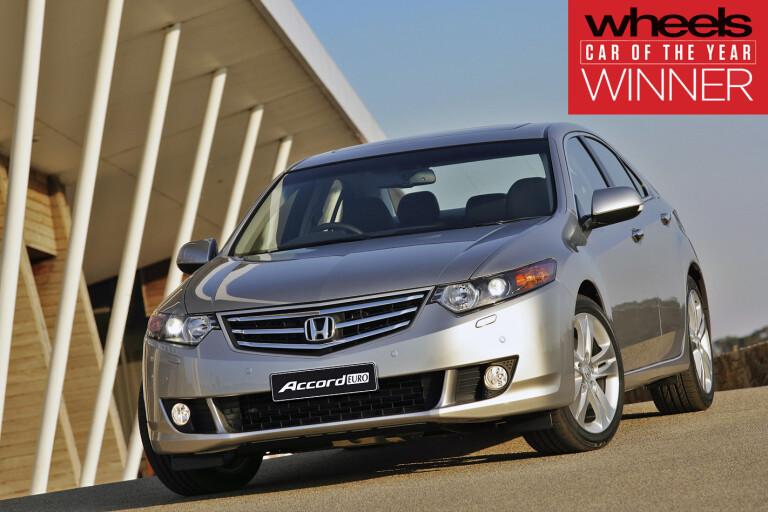
2009: Volkswagen Golf VI
The sixth-gen Golf elevated Volkswagen’s small hatch to near-premium status, while also offering one of the broadest local line-ups in the nameplate’s history.
With class-leading refinement, handling and comfort, the Golf VI’s COTY win was a deserved one.

2010: Volkswagen Polo
The pint-sized Polo delivered Volkswagen two consecutive COTY victories, but given its high-end feel that was very much at odds with the rest of its segment (but in a good way), that was no surprise.
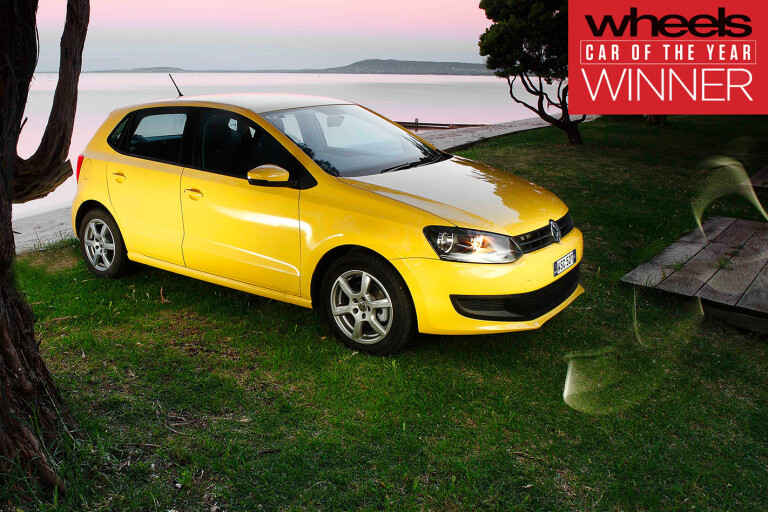
2011: Honda CRZ
A controversial win, considering the CRZ was the first hybrid COTY champ – and the only one with a manual gearbox – as well as a niche performance car that, at face value, wasn’t terribly great value for money.
Even so, smile-inducing dynamics and the fact that it wasn’t a boring hybrid allowed Honda to claim its sixth COTY trophy.

2012: Toyota 86/Subaru BRZ
So far the only Toyota to notch up a COTY crown – surprising, given the brand’s history and popularity in this country – the 86, and its Subaru-badged twin, reminded us that the joy of driving was best experienced in a lightweight, rear-drive platform.
Stunning pricing also democratised the sports car, and made the 86/BRZ a fast favourite.
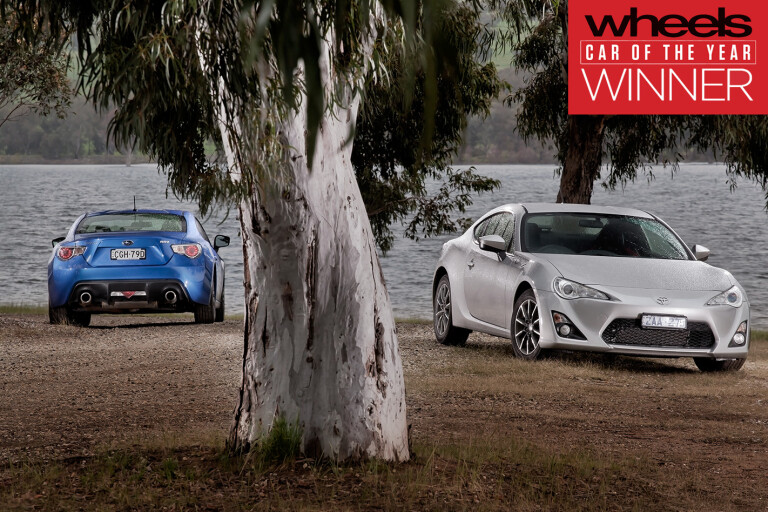
2013: Volkswagen Golf VII
Four years after nabbing a COTY win with the Golf VI, Volkswagen was back in fine form with the Golf VII.
The same quality fundamentals as before and outstanding MQB platform underneath, coupled with more modern design and a lusty GTI performance option, gave the Veedub the lead it needed.

2014: BMW i3
Munich’s futuristic city car showed us that an electrified future can indeed be a bright one – with warmth, texture, design savvy and entertainment value.
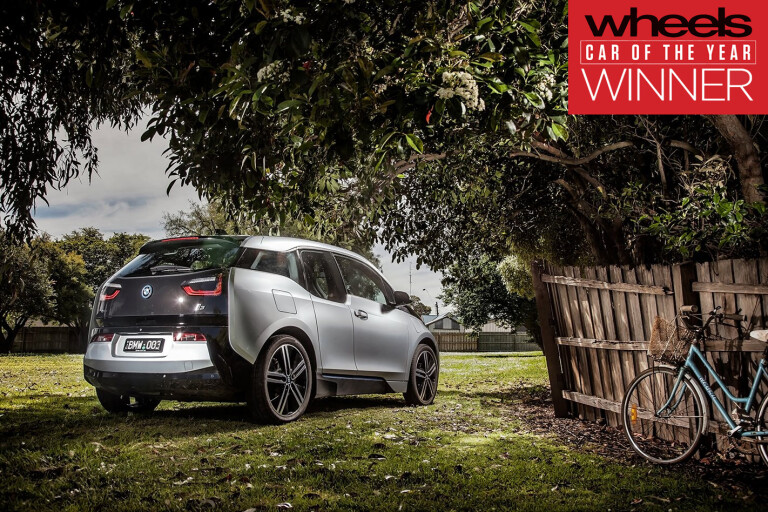
2015: Award 'withheld'
Nothing sinister here. A shift in COTY protocol meant there was no 2015 award – instead, the reigning year is now the one put against the car’s name, rather than the year it launched.
2016: Mazda ND MX-5
The Mazda MX-5 earned its third COTY gong with the fourth-generation model, cementing its place as one of the most accomplished nameplates in COTY history.
If the recipe of light weight, ultra-crisp steering and brilliantly balanced handling works, why mess with it? What’s more, the introduction of a revvy 1.5L brought down the price of entry while still keeping things fun.

2017: Mazda CX-9
Only the second SUV to win COTY since the Territory, and a back-to-back win for Mazda, the CX-9 proved itself to be several leaps ahead of its segment competitors, not to mention good enough to put its fellow finalists, the impressive E-Class and A4, in the shade.
A better ride than the luxo Germans? You bet.
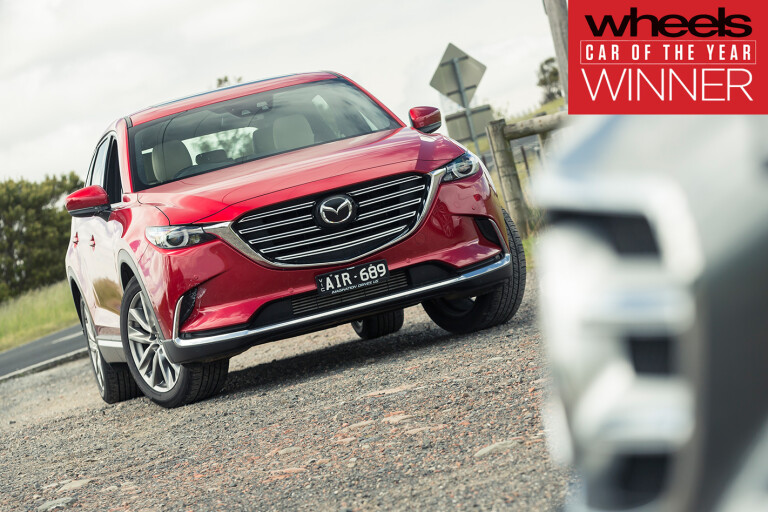
2018: Volvo XC60
Volvo notched up its first COTY win with the impressively polished XC60 midsize SUV, a family wagon that proves that when you pay a premium (which you do with the XC60), you actually get a premium product.

2019: Volvo XC40
How Swede it is… lighting strikes twice… okay, we’ll stop now. Volvo impressed all judges with the XC60, and the XC40 continued the winning formula, just in a slightly smaller package.
Another truly premium offering garnered two COTYs on the trot for Volvo.
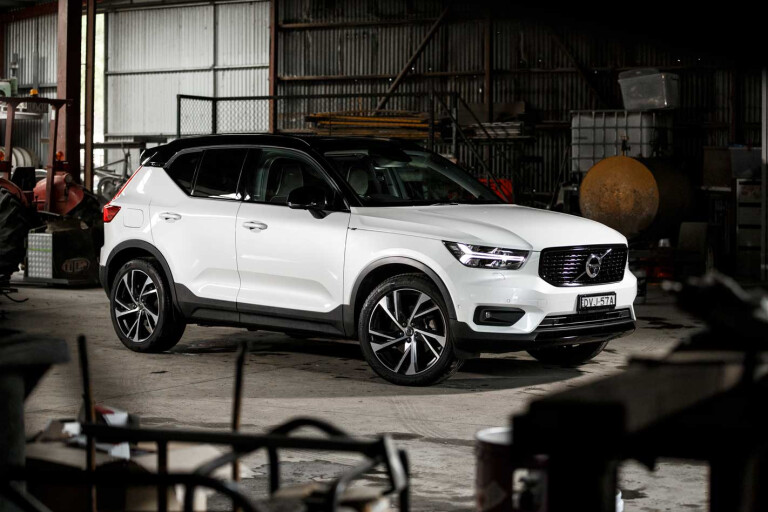
2020: Mercedes-Benz EQC
After a 12-year hiatus, Mercedes-Benz once again has ownership of the Wheels Car of the Year trophy with its all-electric EQC.
Somewhat of a surprise packet, the seven judges deemed the Merc EV as the cream of the 31-car crop for 2020.

2021: Mazda CX-30
In the event that nearly didn't happen – thanks to the lockdowns and restrictions brought by the COVID-19 pandemic – Mazda's CX-30 small SUV was declared 2021 Wheels Car of the Year.
A unanimous decision, the CX-30 was awarded for its fun driving experience, its stylish good looks and near-premium quality.
Wheels editor Dylan Campbell said: “For me, the CX-30 is a car that democratises luxury; it has a level of craftsmanship not evident in rivals. You sense the passion and commitment that’s gone into it, making it feel like a treat every time you get in.”
This win marks Mazda's ninth COTY award, trailing current champ Holden by just one. And, with Holden now out of the picture, Mazda will surely be favouring its chances of taking the mantle in the years ahead.
Read the full story here, and catch the video below.
Every winner through the years up to 2020
Last year, the team at Budget Direct made a poster with every Wheels Car of the Year winner beautifully illustrated.
It's a great reminder of exactly how long Wheels has been testing cars, and how vehicles have changed and advanced through the ages.
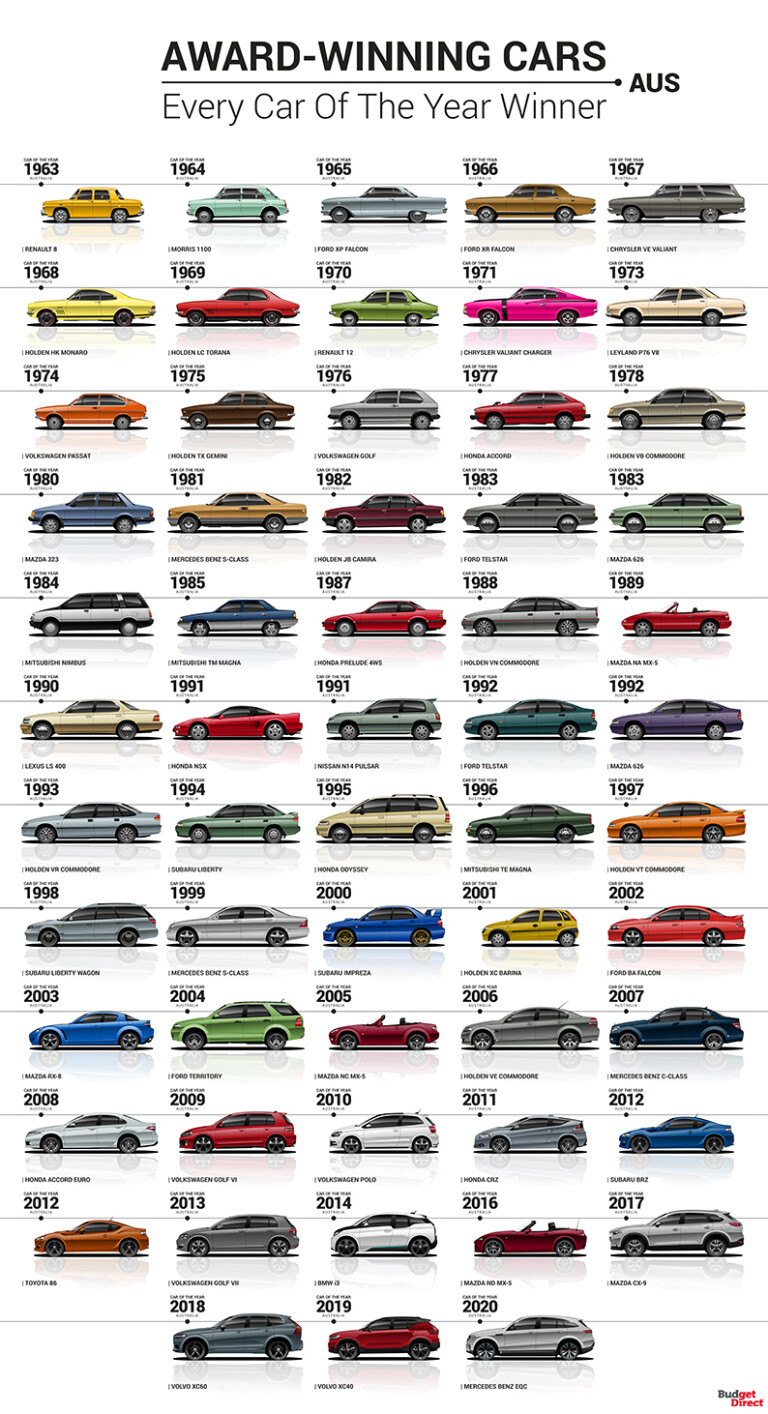

COMMENTS